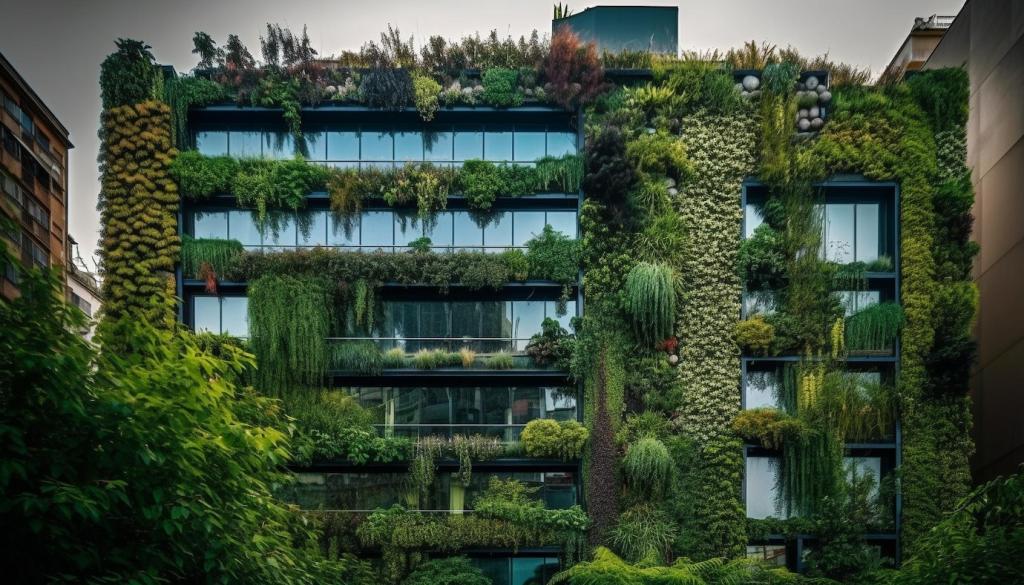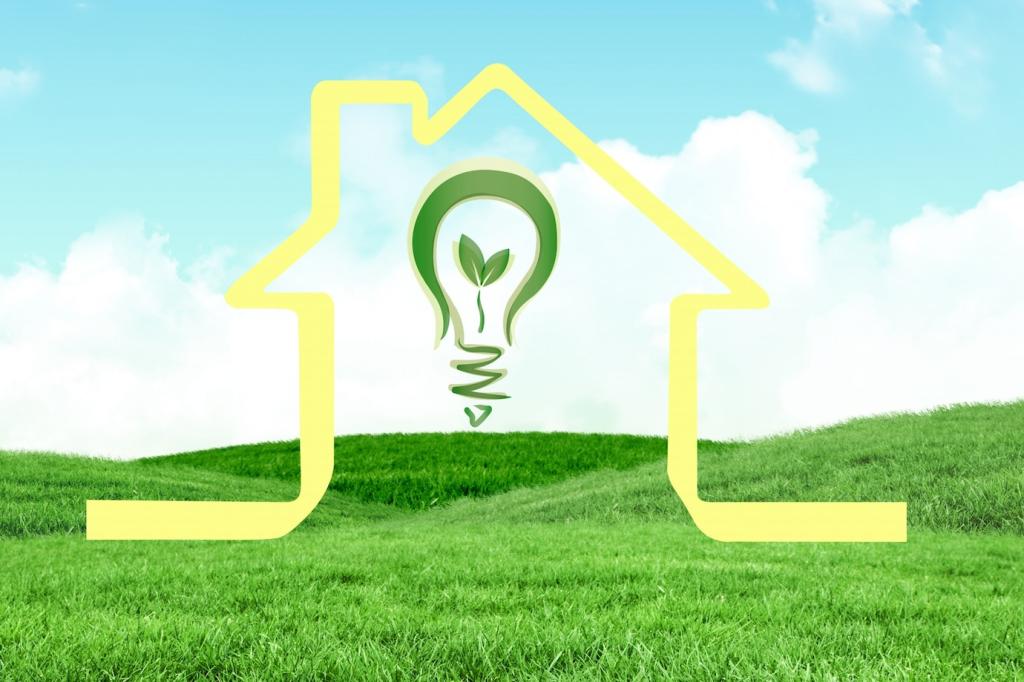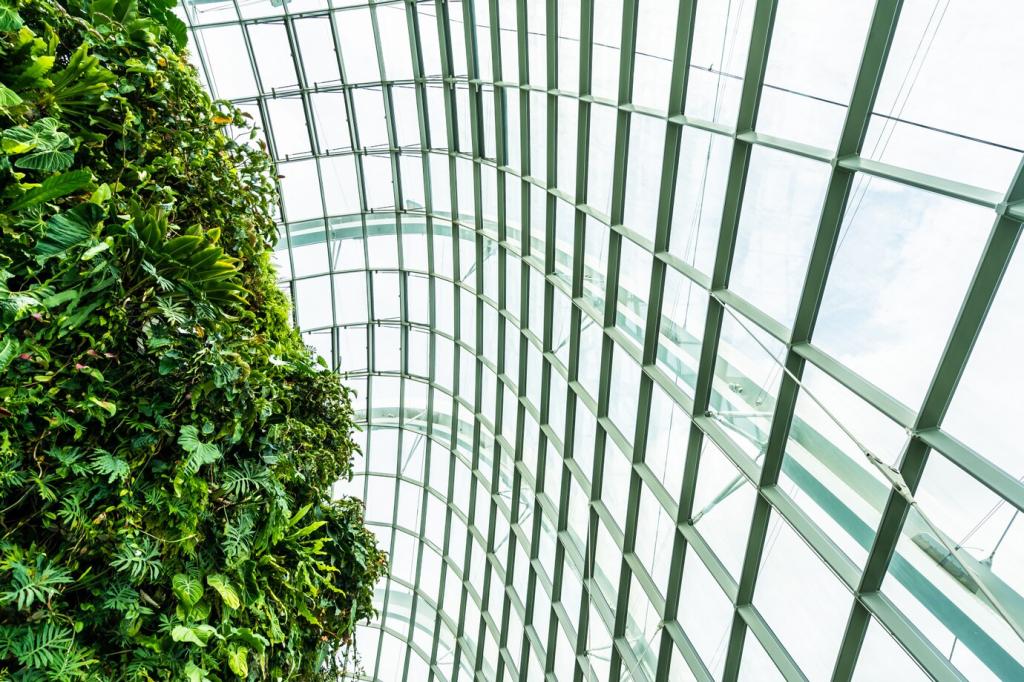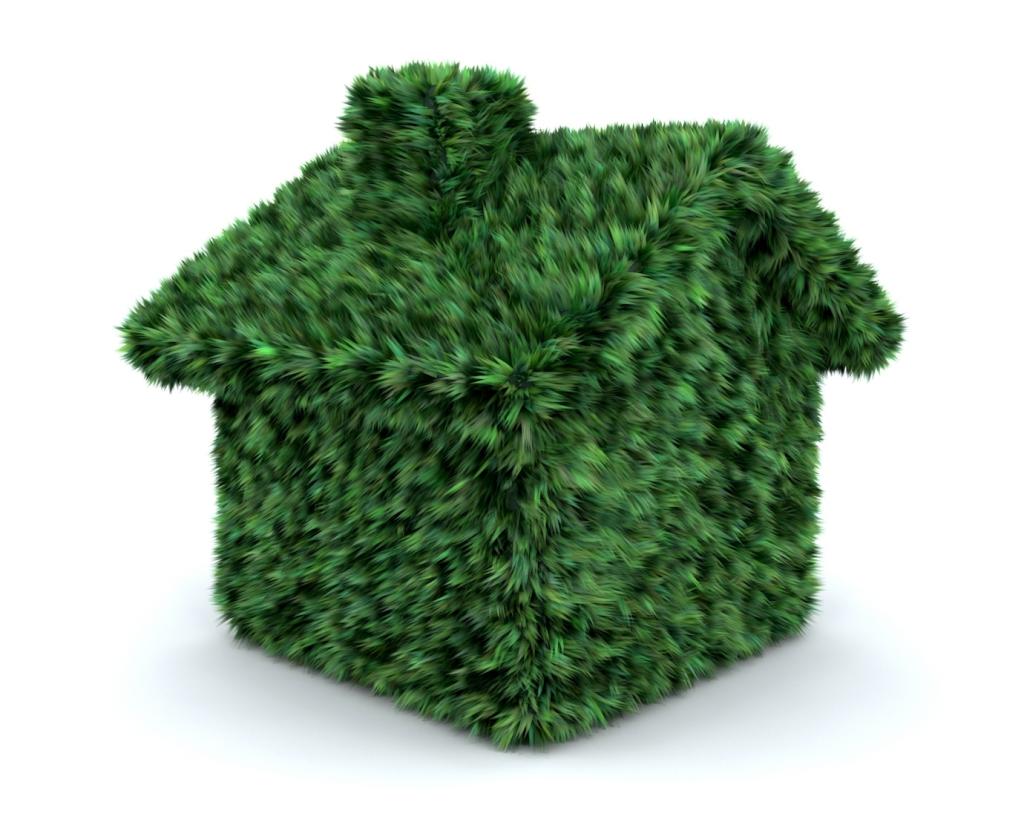Eco-Friendly Construction Materials for Contemporary Residences
The shift towards sustainable living has transformed modern home building, inspiring homeowners and developers to adopt eco-friendly materials that minimize environmental impact while enhancing comfort and style. Eco-friendly construction materials are at the forefront of this movement, offering resource-efficient solutions without sacrificing durability or aesthetics. This comprehensive guide explores innovative materials and building methods that define contemporary eco-residences, ensuring your home is not only visually stunning but also gentle on the planet.

Bamboo Revolution: Versatile and Renewable
Bamboo’s tensile strength rivals that of steel, making it an ideal choice for structural frameworks in residential construction. Its natural flexibility allows bamboo structures to better withstand seismic activity and extreme weather conditions. Because it matures within just 3-5 years, bamboo is harvested more sustainably than traditional lumber, making it a regenerative resource that decreases deforestation pressures. This combination of mechanical strength and renewability is prompting a wave of bamboo-centric design in contemporary residences.
Inside the home, bamboo shines as an appealing alternative to hardwood for flooring, cabinetry, and wall cladding. Its fine grain, natural luster, and array of finishes add modern sophistication and warmth to living spaces. Engineered bamboo flooring can be installed using low-VOC adhesives, contributing to improved indoor air quality. Moreover, as bamboo absorbs more carbon dioxide than equivalent stands of trees, its presence within the home subtly cycles the environmental benefits forward.
Bamboo’s naturally occurring silica and strong cell wall structure offer excellent resistance to pests and moisture when properly treated, making it a viable option for exterior cladding and decorative elements. Innovative treatment techniques prolong its durability in variable climates, ensuring longevity with minimal maintenance. As a renewable exterior material, bamboo bridges eco-consciousness with curb appeal in contemporary home design, reflecting harmony between human habitation and the environment.

Recycled Steel: The Strong Backbone
Producing steel from recycled materials uses significantly less energy compared to virgin steel manufacturing. Salvaged steel products have a much lower carbon footprint, cutting greenhouse gas emissions and conserving natural resources. This process not only diverts scrap metal from landfills but also avoids the harsh extraction practices associated with mining fresh iron ore. As more manufacturers embrace recycled steel, the market for greener construction inputs continues to expand.
The evolution of steel framing systems is revolutionizing contemporary home design. Modern engineered steel frames resist warping, mold, and pests, while offering superior structural stability and design flexibility for open-plan spaces. Prefabricated steel structures can be customized for any project scope, reducing waste and shortening build times. This adaptability aligns perfectly with the ever-changing needs of eco-conscious homeowners who value longevity and flexibility in their living spaces.
One of recycled steel’s greatest advantages is its infinite recyclability without degradation of its structural properties. When steel-based homes reach the end of their lifespan, almost 100% of the material can be recycled into new products. This circular economy significantly lowers environmental impact and encourages homeowners to think beyond the present, ensuring that the construction choices made today support sustainability well into the future.
Hempcrete: Natural Insulation and Durability
Superior Thermal Performance
Hempcrete’s porous structure enables it to trap air within its matrix, resulting in outstanding thermal insulation. Homes built with hempcrete walls stay cooler in the summer and warmer in the winter, reducing reliance on mechanical heating and cooling systems. The high thermal mass stabilizes indoor temperatures, lowering energy bills and reducing carbon emissions associated with household utilities, positioning hempcrete as a pragmatic solution for energy-efficient living.
Moisture Regulation and Indoor Air Quality
Unlike conventional concrete, hempcrete breathes, managing humidity within the living environment by absorbing and releasing moisture. This natural humidity control prevents the growth of mold and mildew, safeguarding both the structure and the health of its inhabitants. Moreover, hempcrete does not emit harmful volatile organic compounds (VOCs). As a naturally low-emission material, it supports healthy indoor air quality—a vital aspect for any contemporary residence.
Biodegradability and Carbon Sequestration
The sustainability impact of hempcrete extends to its cradle-to-grave performance. Hemp plants absorb significant amounts of carbon dioxide during growth, and the carbon remains locked within the material throughout its life cycle. At the end of its useful life, hempcrete is biodegradable and can be returned to the earth without leaving toxic residues. Utilizing hempcrete helps homeowners create a built environment that actively reduces overall environmental impact.

Unique Aesthetic Appeal
Reclaimed wood’s rich patina and intricate grain tell the story of its previous use, adding depth and individuality to modern home design. Each plank and beam reveals scars and marks that introduce authentic texture and interest, making every application one-of-a-kind. These visual details enable architects to meld tradition with modernity, offering homeowners an elegant yet personal link to the past within contemporary settings.

Reduced Demand for Virgin Timber
Utilizing reclaimed wood alleviates pressure on forests by reducing the need for new lumber harvesting. Old-growth wood, often of superior density and durability, gets a second lease on life instead of ending up in landfills or being burned as waste. This approach preserves natural habitats and biodiversity, aligning with the principles of responsible resource stewardship that underpin sustainable residential projects.
Advancements in concrete technology have introduced supplementary cementitious materials such as fly ash, slag, and silica fume, which replace a portion of traditional Portland cement. Their inclusion drastically reduces the carbon emissions of each batch without compromising strength or durability. By diverting industrial by-products into concrete mixes, these alternatives also support the circular economy, minimizing the need for new raw material extraction.
Low-Impact Concrete Alternatives
Previous slide
Next slide
Rammed Earth and Adobe: Ancient Methods Reimagined
Thermal Mass Benefits
Rammed earth and adobe walls possess substantial thermal mass, meaning they absorb, store, and gradually release heat. This property stabilizes indoor temperatures and minimizes the need for mechanical heating or cooling. The natural thermal regulation translates to lower utility costs and a more comfortable, even living environment throughout the year. Such benefits have placed these ancient materials at the frontier of energy-smart construction.

Join our mailing list
